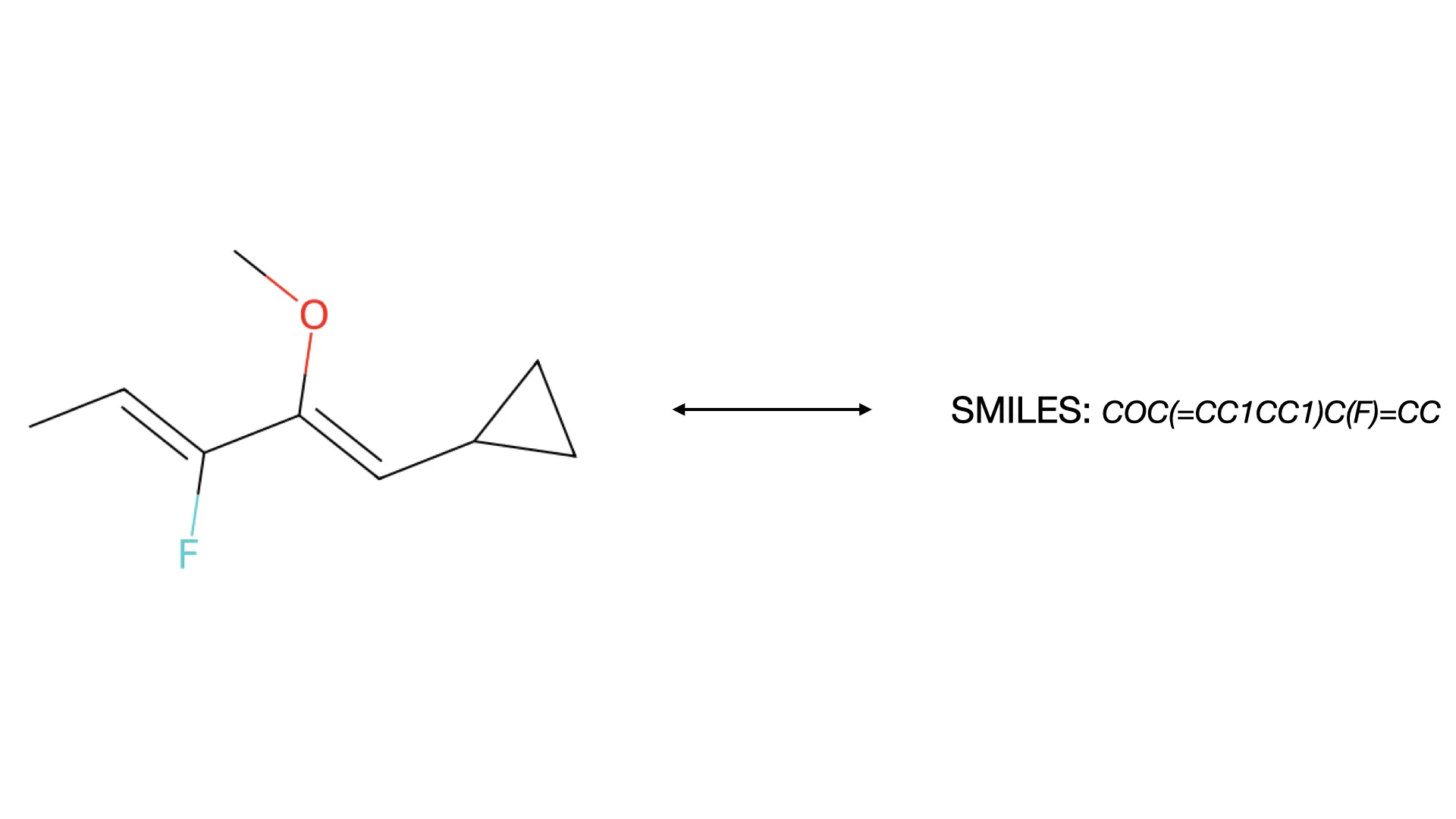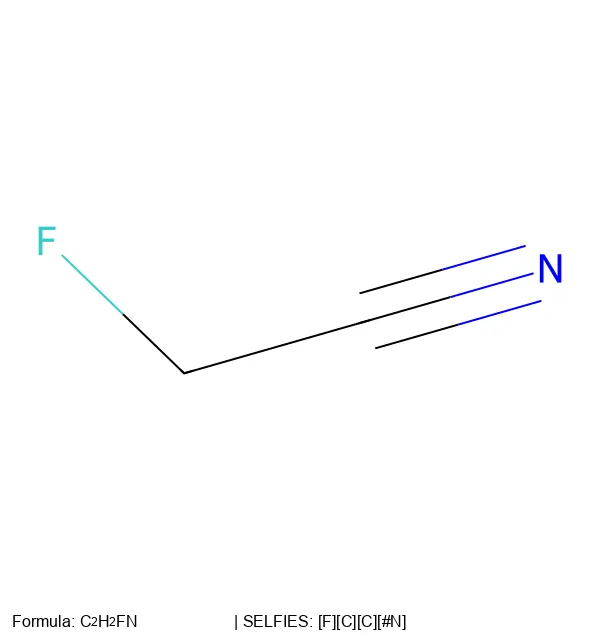Mixfile and MInChI: Machine-Readable Chemical Mixture Formats
Clark et al.'s Mixfile format and MInChI specification provide the first standardized, machine-readable way to represent …...
Clark et al.'s Mixfile format and MInChI specification provide the first standardized, machine-readable way to represent …...
Lynch et al. propose NInChI (Nanomaterials InChI) - a standardized notation system for representing complex …
RInChI extends the InChI standard to create unique, machine-readable identifiers for chemical reactions, enabling …...
A summary of David Weininger's foundational 1988 paper that introduced SMILES notation - the string-based molecular …

A micro-review of Optical Chemical Structure Recognition (OCSR), tracing its evolution from rule-based systems to …

Learn how to visualize SELFIES molecular representations and explore their unique advantages through random sampling, …
Skinnider's 2024 Nature Machine Intelligence paper demonstrates that the ability to generate invalid SMILES is actually …...
A comprehensive perspective on molecular string representations, focusing on SELFIES as a 100% robust alternative to …...